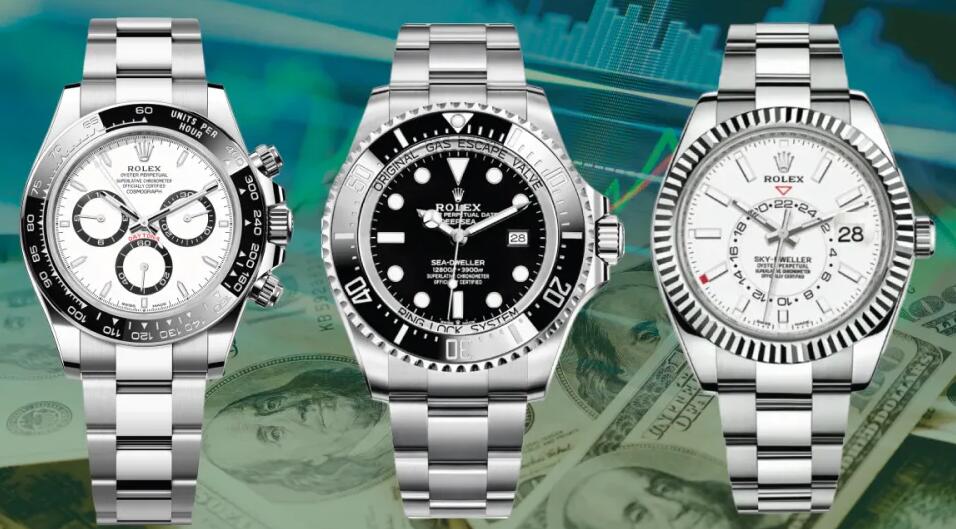The global market for replica watches has grown significantly over the past decade, driven by a blend of factors including consumer demand for luxury aesthetics at a fraction of the cost, advances in manufacturing technology, and the rise of online retail. Replica watches are designed to imitate high-end brands, often replicating their designs, materials, and even functionalities, yet they are sold at much lower price points. This phenomenon appeals to a wide audience, particularly younger consumers who aspire to luxury but may lack the financial means to invest in authentic high-end timepieces. A notable factor contributing to the growth of the replica watch market is the increasing accessibility of information and the proliferation of e-commerce platforms. Online marketplaces have made it easier for consumers to find and purchase replica watches, with a vast array of options available just a few clicks away. This accessibility has also enabled sellers to reach a global audience, allowing them to tap into markets where luxury goods are less accessible.

Social media platforms play a crucial role as well, as influencers and trendsetters showcase Luxe Replica Watches, often highlighting their affordability and style, which further boosts consumer interest. Despite its popularity, the replica watch market faces significant challenges, particularly regarding legality and ethical considerations. Many replica watches infringe on intellectual property rights, leading to ongoing legal battles between luxury brands and manufacturers of counterfeit products. This legal framework not only affects the manufacturers but also puts consumers at risk. The quality of replica watches can vary significantly, with some being crafted from low-grade materials that could lead to disappointment and dissatisfaction. Additionally, there is a risk of supporting illicit trade networks that thrive on counterfeit goods, raising ethical concerns for consumers who might unwittingly support such activities. Moreover, the replica watch market has witnessed a shift in consumer behavior. With the growing awareness of sustainability and ethical sourcing, some consumers are becoming more conscious of the implications of purchasing replicas.
As the luxury market evolves, there is an emerging segment of consumers who prioritize authenticity and craftsmanship over mere appearance, leading to a potential decline in demand for replicas in favor of sustainable alternatives or pre-owned luxury watches. This shift is pushing some replica manufacturers to improve their offerings, focusing on quality and craftsmanship to cater to a more discerning audience. In conclusion, the global market for replica watches represents a fascinating intersection of luxury aspirations, accessibility, and ethical dilemmas. As the demand for affordable luxury continues to grow, so too does the complexity of the market. While it offers an opportunity for consumers to enjoy the aesthetics of high-end timepieces without the financial burden, it also raises important questions about legality, sustainability, and consumer ethics. As the industry adapts to changing consumer preferences, the future of the replica watch market will likely involve a balancing act between satisfying consumer desires and navigating the legal and ethical landscapes that accompany the trade of imitation goods.
Categories: Shopping
